This article was co-authored by David Felsted, DO. Dr. David Felsted is a Comprehensive Ophthalmologist based in Flagstaff, Arizona. He specializes in cataract and refractive surgery, micro-invasive glaucoma surgery, ophthalmic lasers, dry eye disease, diabetic retinopathy, and ocular trauma. Dr. Felsted holds a BS in Accounting from Brigham Young University and a Doctor of Osteopathic Medicine from Midwestern University. He completed his Ophthalmic residency at The Medical College of Georgia.
There are 7 references cited in this article, which can be found at the bottom of the page.
This article has been viewed 44,060 times.
Stroke is the most common cause of neurological and visual impairment in the adult population. Strokes are responsible for about a quarter of all vision impairment in developed countries, and account for much of the disability of the elderly. Vision loss from stroke can be partial or full vision loss, but by making some environmental changes, exercising the eyes, and considering visual therapies, you can make strides towards rehabbing your vision after a stroke.
Steps
Doing Exercises to Improve Vision
-
1Try the pencil exercise. Some partial vision loss due to stroke may be reversed by retraining the brain through vigorous eye exercises. These exercises are now becoming a routine part of physical therapy. The following exercise may be helpful in improving vision after stroke.
- Hold a pencil or anything similar in front of the patient’s eyes at a distance of 18 inches (45.7 cm).
- Then, move the pencil up and down and side to side, and ask the patient not to move his head while tracking the pencil by moving only the eyes.
- Place a pencil in front of the patient’s face and move it towards and away from the nose and ask the patient to watch it carefully. The patient's eyes should move inward.
- Hold pencils in each hand, one in the left hand and the other in the right hand. Move the hands so that one hand is closer to the eyes and the other hand is further from eyes. Let the patients guess which pen is closer to the eyes and which is not.
-
2Check out drawing and puzzle exercises. Try drawing some common objects and shapes and ask the patient to complete the shapes. Also, the patient should play word finding or word completing games and also puzzle games. These games will improve vision by retraining the brain to identify objects using vision.Advertisement
-
3Do eye exercises. Strengthening your eye muscles will improve muscle memory and aid in the tracking of objects. This will improve muscle tone that may have been lost due to your stroke.
- Try keeping three of your fingers on your upper eyelid, and try to close your eye. This exercise will make your ocular muscle stronger.
- This exercise will improve your vision, prevent eye strain, and provide relief from stress.
- However, the permanent structural damage in the vision area of brain is not getting any recovery during these exercises.
-
4Have an eye massage or hot/cold compress. Massage your eyes with a cold and hot compress. This will promote relaxation and have a soothing effect because warmth promotes relaxation and improves blood circulation.
- Soak one towel in cold water and one in warm water. Alternate them for a minute a piece, for 5 to 10 minutes.
- Massaging the eyelids can also be useful.
-
5Rehab lost vision through balloon tossing. Try tossing a balloon back and forth with the assistance of a partner, making sure that the balloon moves to and from the affected side of the body. This exercise facilitates the retraining of the brain, to synchronize movement with vision. It can also help to stimulate the eye and body movement of the affected side to remedy visual problems.
-
6Try using computer exercises. A special type of computerized eye exercise can be utilized by stroke victims to help regain vision. Each day, the patient is instructed to stare at a black square on a computer screen. During specified intervals, a cluster of 100 small dots are flashed on the side of the screen corresponding to the affected eye. These exercises help retrain the brain in order to help stroke patients see again.
- The procedure may last 15 to 30 minutes per day over several months.
-
7Attempt the benchmark exercise. The benchmark exercise is used to verify the scope of visual focus damage caused by a stroke. Performing the exercise will allow a medical professional to better determine the extent of therapy needed.
- The procedure starts by asking the patient to close their eyes.
- They are then instructed to look toward the side of the body affected by stroke.
- Once the patient deems that his eyes are pointed toward the proper direction, they are advised to open their eyes.
- The specialist will then determine how close the patient's stare is to the proper direction.
- The gathered information is used to develop an accurate visual therapy exercise for the stroke patient.
Undergoing Therapies and Medical Intervention to Improve Vision
-
1Check out compensatory vision therapy. Compensatory vision therapy focuses on stimulating the brain area involved in vision. It includes training with prisms, scanning, and visual field awareness systems. The movement of images from a non-seeing site to a seeing-site helps adapt the visual field and the associated brain area, improving vision.
-
2Try restorative vision therapy. The goal of restorative vision therapy is to stimulate the various neural connections involved in vision within brain. It includes many specific components for each type of vision impairment that occurs after stroke. It focuses particularly on the point of the eye which has the highest amount of neuronal connections.
- This therapy has the highest level of recovery potential.
-
3Look into the use of prisms. Prisms are used to correct different types of visual problems. The kind of prism and their placement may vary, depending upon the presenting signs and symptoms. For example:
- In the case of double vision, the prism is placed on a glass lens to realign the abnormal positioning of the eye's gaze.
- In the case of visual neglect, an individual with visual neglect on the left side of his visual field would use a prism that can mirror items on his left side, to the right side of his visual field.
-
4Invest in a low vision aid. Low vision aids are designed to help the partially sighted population. They are divided into three categories, including optical aids (hand held magnifiers, stand magnifiers, telescopes), non optical aids (enlarged prints, high intensity lamps, high contrast objects, microfiche readers), and electronic low vision aids (closed circuit TV, opaque projectors, slide projection). All of these things can greatly help your vision.
- Some other aids are tactile visual aids, auditory vision, spelled speech, and direct stimulation of visual cortex.
-
5Consider eye muscle surgery. Surgery is usually not an option to solve post stroke related visual problems, since the cause is not a physical trauma to the eye. However, in some instances, surgery can be recommended to correct double vision. Eye muscle surgery is usually helpful for cases of double vision caused by the narrowing of the eyes.
- The procedure can help in re-positioning of the eyes.
- In some case, surgery can help restore the movement of the eye and cause it to look more straight.[1]
- The decision to undergo surgery should be done with an extensive assessment of the benefits and the possible risks.
Making Environmental Changes to Compensate
-
1Change the floor covering. Changing the floor covering, such as from tile to carpet, can help stroke sufferers. Using different materials to distinguish different areas alters the sound produced by foot steps and announces the arrival of other person.
- Additionally, the change in sound can help a stroke sufferer identify the room they are in.
-
2Make the staircase more accessible. Changes to the design of the staircase can enable a stroke sufferer to move up and down the stairs with ease. Visual aids that help differentiate steps are important to allow the stroke sufferer to climb safely.
- The visibility of individual stairs can be enhanced by alternating black and white steps.
- Additional assistance can be given with the installation of handrails.
-
3Ensure the safety of furniture. Place furniture in unobtrusive places, such as along walls. This will allow the stroke sufferer to avoid the furniture without having to memorize complex patterns of placement.
- Furniture edges should be curved rather than sharp.
- Keep sticks along the walls for guidance.
- Room furniture should be colorful to attract attention.
-
4Install laser detection units. Nowadays, you can install laser detection units that connect to auditory and tactile signaling devices. These devices serve to warn a patient about obstacles and hazards. Three laser beams come out from the handle of device, in three different directions: upward, downward, and parallel to the surface, respectively.
- The device vibrates on your index finger to give you an idea about different obstacles in your path.
References
- ↑ David Felsted, DO. Comprehensive Ophthalmologist. Expert Interview. 12 August 2021.
- Stroke and vision loss. National stroke association, 2012.
- Exercises to improve vision after stroke. http://www.stroke-rehab.com/eye-exercises.html
- Chase, M. (2013, August 13). Eye Exercises for Stroke Victims
- Rnib.org (n.d.). Stroke related eye conditions. Retrieved from http://www.rnib.org.uk/eye-health-eye-conditions-z-eye-conditions/stroke-related-eye-conditions
- National Stroke Association (n.d.). Vision Perception Problems. In stroke.org. Retrieved from http://www.stroke.org/we-can-help/survivors/stroke-recovery/post-stroke-conditions/physical/vision?pagename=vision_perception
- NHS Choices (n.d.). Double vision – Treatment. In .nhs.uk. Retrieved from http://www.nhs.uk/Conditions/Double-vision/Pages/Treatment.aspx
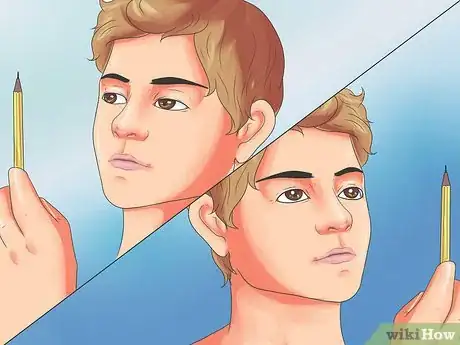

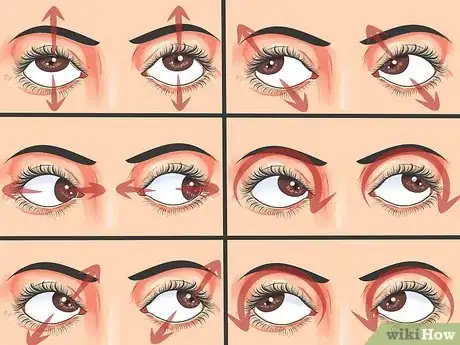
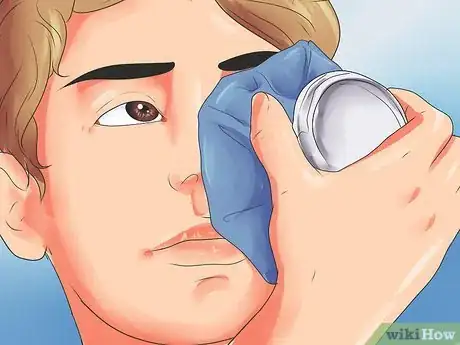
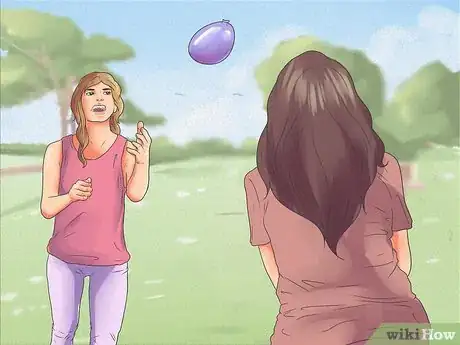

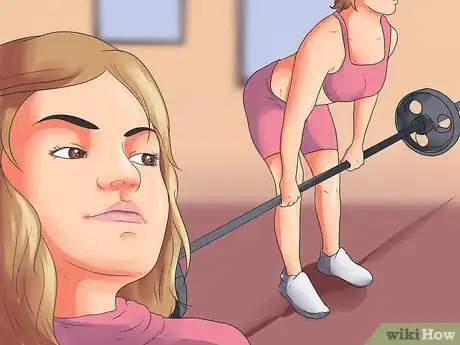
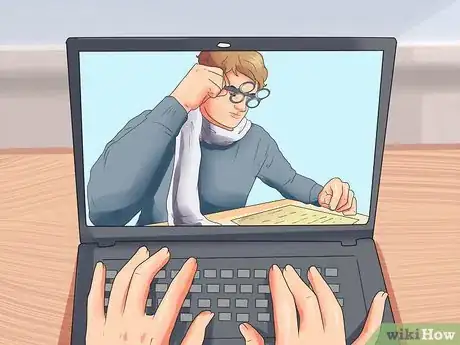
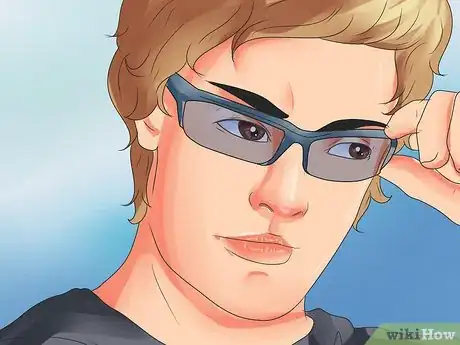
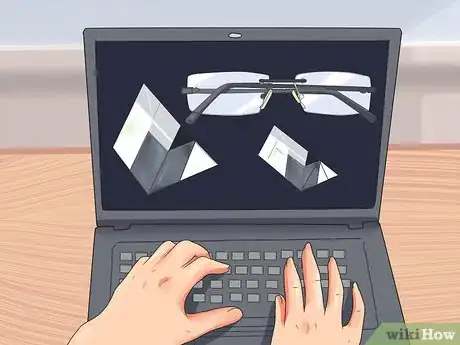
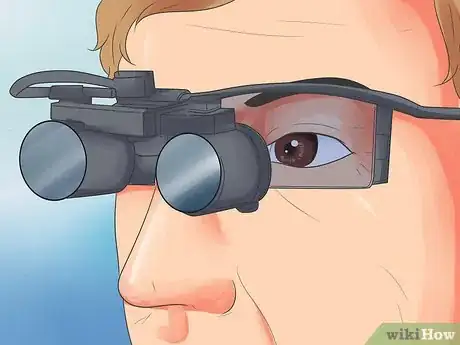
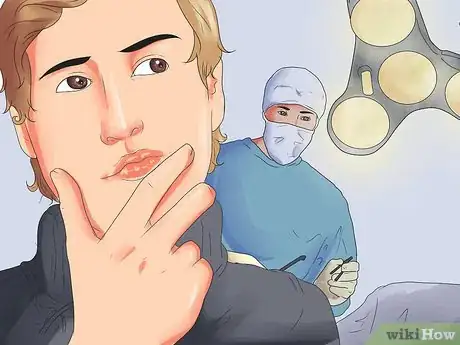

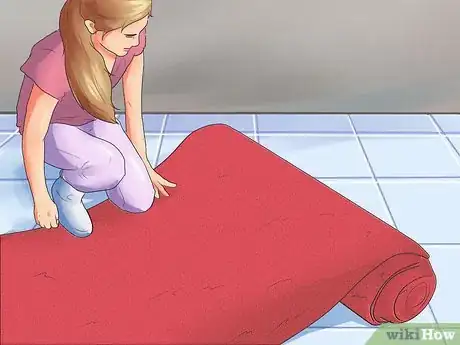
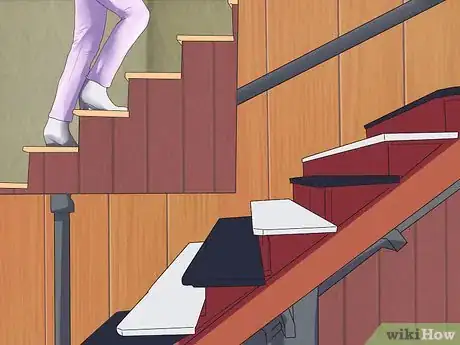

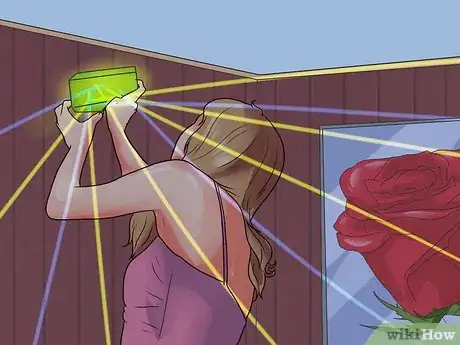

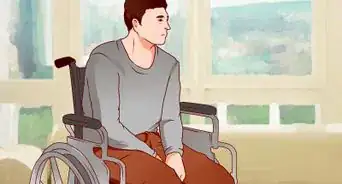
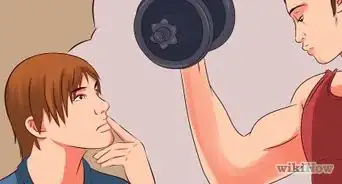
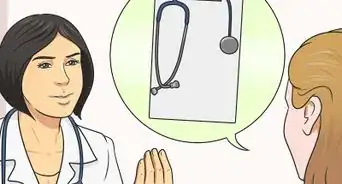

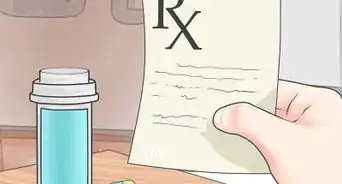

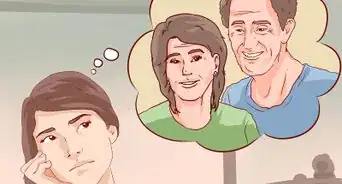







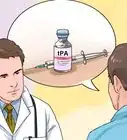

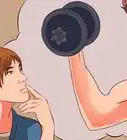
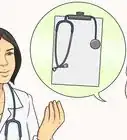



































Medical Disclaimer
The content of this article is not intended to be a substitute for professional medical advice, examination, diagnosis, or treatment. You should always contact your doctor or other qualified healthcare professional before starting, changing, or stopping any kind of health treatment.
Read More...